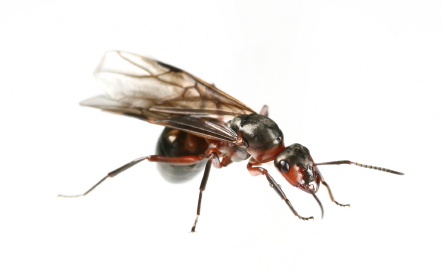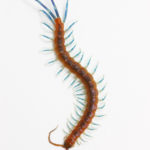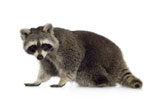
In some cases, people confuse winged termites with flying ants. Assuming that termites are winged ants can be a disastrous mistake, so it is important for every home owner to know the differences between these two pests.
Winged Ants
These pests have curved antennae and narrower waists. They can be difficult to distinguish from flying termites without closer observation. Winged ants also have two sets of wings, and one set is usually longer than the other. These ants are known to swarm, but they may swarm at different times during the year than winged termites do. While winged ants will not destroy wood the way termites will, they are annoying. They can find their way into food containers that are not properly sealed, and they may also bite family members and pets.
Flying Termites
Flying termites have straight antennae and waists. These pests are usually found in swarms during the spring, during periods of rain or in humid climates. They shed their wings shorty after leaving their nests, so a pile of discarded wings is a sign that termites are nearby. Depending on their subspecies, termites may consume dry or damp wood. They may leave signs of their presence such as dirt tubes along the outside of a house or wood that should sound sturdy but sounds hollow when knocked.
Risks
When either of these two pests are sighted, it is important to call a professional exterminator immediately. Since termites can destroy entire home foundations or expensive woodwork in a short amount of time, it is especially important to call when termites are positively identified. Avoid home removal methods for termites. To eradicate them properly and ensure they stay away, professional treatment is necessary.




